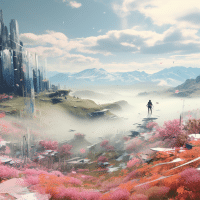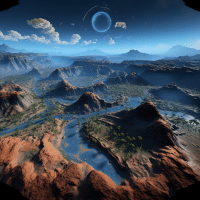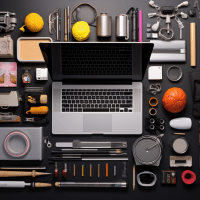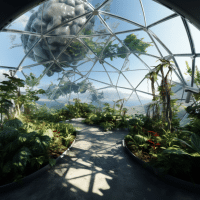
Virtual Reality (VR) history is an incredibly powerful tool for engaging students in the classroom. By immersing students in a 3D environment, they can explore and interact with historical events in a way that is both engaging and educational. VR history allows students to experience history in a way that is far more immersive than traditional methods, such as textbooks and lectures.
With VR history, students can step into the shoes of historical figures, witness significant moments firsthand, and gain a deeper understanding of the events that shaped our world. They can explore historically accurate environments, interact with lifelike characters, and even make decisions that impact the course of history. This interactive and engaging experience helps students develop a sense of empathy and a more profound connection to the past.
Moreover, VR history provides opportunities for multi-sensory learning, allowing students to hear the sounds of a battlefield, see the vibrant colors of a bygone era, and feel the presence of historical artifacts. By providing students with an immersive experience, VR history can help to bring history to life in the classroom, fostering curiosity, critical thinking, and a lifelong passion for learning about the past.
Exploring the Stone Age with VR
Virtual reality (VR) technology has revolutionized the way we learn about history. By immersing students in a 3D environment, VR history can bring the Stone Age to life in the classroom. With VR, students can explore the Stone Age in a way that was never before possible. They can experience the sights and sounds of the era, as well as the daily life of the people who lived during that time.
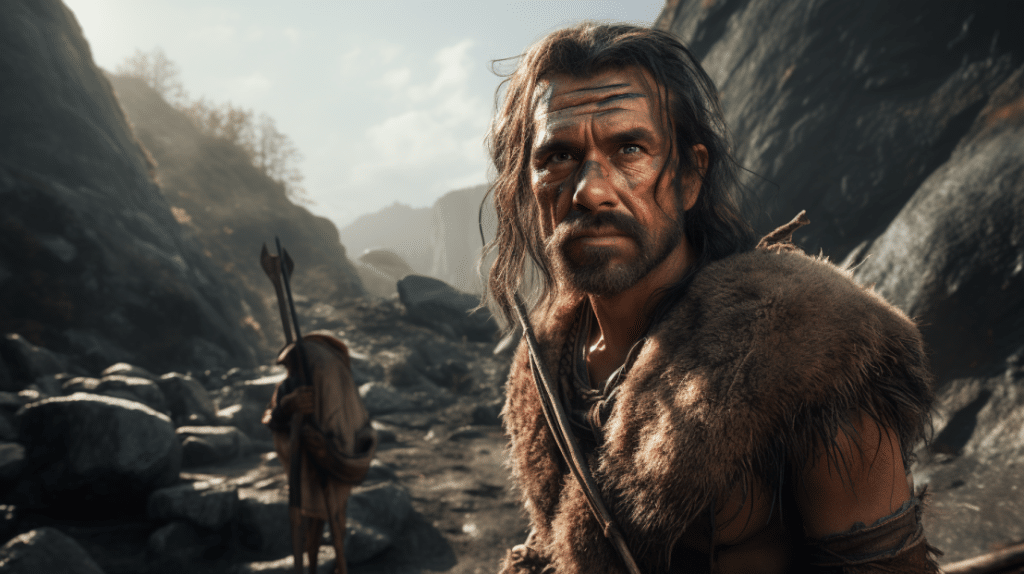
By engaging with the environment, students can gain a deeper understanding of the Stone Age and its impact on our world today.
In this immersive VR experience, students can step back in time and witness the Stone Age firsthand. They can roam through virtual landscapes, discovering ancient settlements and observing the tools and techniques used by Stone Age people. By interacting with virtual artifacts, students can gain a tactile understanding of the materials and craftsmanship of the time. For example, they can hold a virtual flint tool in their hands and learn how it was used for hunting or creating fire.
Moreover, VR history offers an educational opportunity for students to explore the Stone Age in a safe and controlled environment. With VR, students can learn about the customs and beliefs of Stone Age societies, gaining insights into their social structures and spiritual practices. They can witness the rituals and ceremonies that were an integral part of daily life, enhancing their understanding of the cultural significance of the time.
By providing a rich and immersive experience, VR history allows students to engage their senses and emotions, making the learning process more memorable and impactful. Through this interactive medium, they can develop a deeper appreciation for the Stone Age and its influence on our modern world. They can make connections between the past and the present, drawing parallels between ancient practices and contemporary innovations.
In conclusion, VR technology has opened up new possibilities for exploring the Stone Age. By leveraging the power of virtual reality, students can delve into the past like never before, gaining a comprehensive understanding of this fascinating era. VR history not only enhances education but also sparks curiosity and a lifelong love for learning. It paves the way for a future where history comes to life, right before our eyes.
Uncovering Ancient Egypt with VR
Virtual Reality (VR) technology has revolutionized the way we learn about history. By immersing students in a captivating 3D environment, VR history has the incredible power to bring ancient civilizations to life right in the classroom. With VR, students can embark on an awe-inspiring journey to explore the ancient wonders of Egypt in a way that was never before possible.
Imagine standing in awe before the majestic Great Pyramids of Giza, feeling the weight of history upon your shoulders. With VR, students can step inside these architectural marvels, marveling at the intricate craftsmanship and admiring the sheer grandeur. Venture into the mystical Valley of the Kings and walk alongside the tombs of the Pharaohs, each step revealing their secrets and unraveling the mysteries of ancient Egyptian burial rituals.
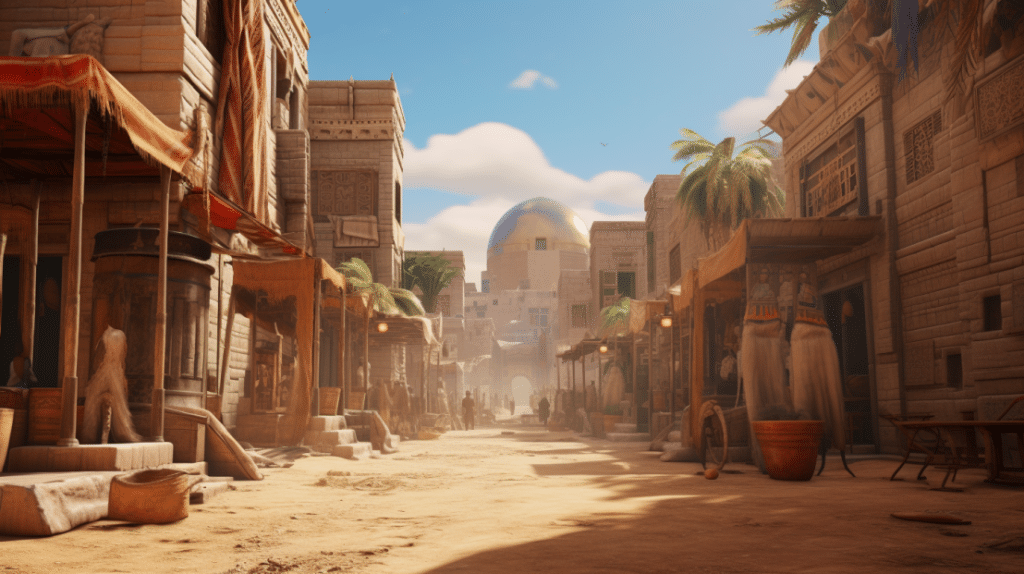
Through the immersive power of VR, students can unearth long-lost artifacts, holding pieces of history in their hands, and gleaning insights into the rich culture and history of this ancient civilization. From the hieroglyphs adorning the walls to the intricate carvings on sarcophagi, every detail comes to life, allowing students to truly connect with the past.
By engaging with the environment in this virtual world, students can gain a deeper understanding of the lives and contributions of ancient Egyptians, fostering a greater appreciation for their remarkable achievements. VR history is an invaluable tool for educators, providing students with an engaging, interactive, and unforgettable educational experience that ignites their curiosity and fuels a lifelong passion for learning about the history of Ancient Egypt.
Reliving the Roman Empire with Virtual Reality
VR technology has truly revolutionized the way we experience history. By seamlessly immersing students in the captivating world of the Roman Empire, VR technology has the extraordinary power to transport them back in time and bring history to life in ways that traditional textbooks and lectures simply cannot.
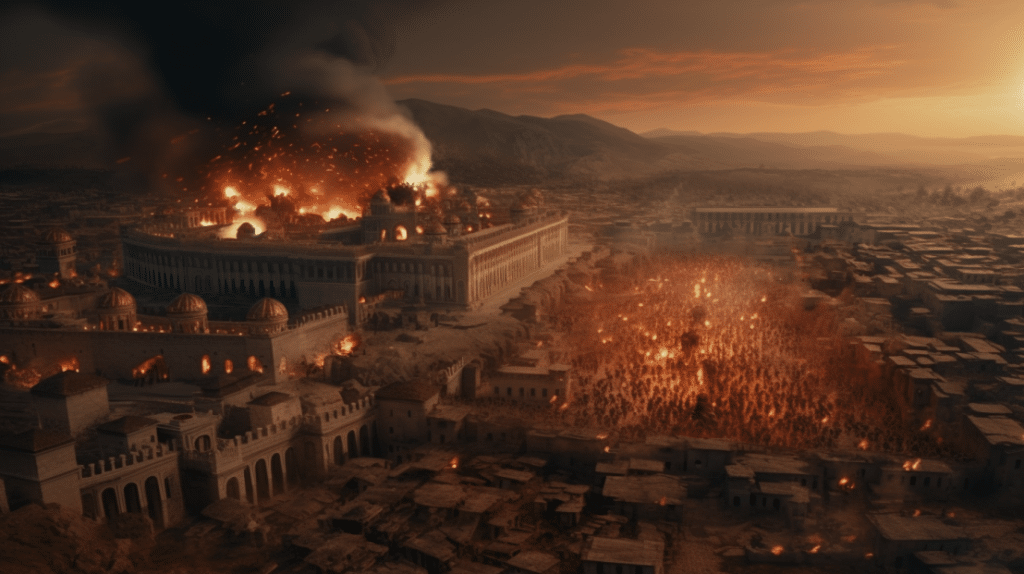
With the remarkable capabilities of VR, students can now embark on awe-inspiring journeys to explore the majestic ruins of the Colosseum, wander through the bustling streets of ancient Rome, and even witness the exhilarating gladiatorial games as if they were standing right there in the midst of it all. This unparalleled immersive experience not only allows students to gain a deeper understanding of the Roman Empire and its vibrant culture, but it also highlights the profound impact this ancient civilization has had on shaping our modern world.
Through the utilization of VR in history education, educators can create an exceptionally engaging and interactive learning environment that ignites curiosity and fosters a genuine appreciation for the past. By harnessing the power of VR, students can now embark on an extraordinary and unparalleled exploration of the Roman Empire, unlocking a truly unique and profoundly transformative learning experience that was never before possible.
Bringing Caesar to Life with VR
VR technology has revolutionized the way we learn about history. By bringing the past to life, VR history has become an invaluable educational tool for teachers and students alike. With VR, students can experience the past in an immersive and interactive way, allowing them to gain a deeper understanding of the events and people that shaped our world. Take, for example, the VR experience of Julius Caesar’s famous crossing of the Rubicon.
Students can now virtually step into the shoes of Caesar and experience the momentous event as if they were there. Through this immersive experience, students can gain a better understanding of the historical context and the significance of the event. By using VR history, teachers can bring the past to life in a way that is both engaging and educational. VR history is an invaluable tool for teachers and students alike. By providing an immersive and interactive experience, VR history can help bring the past to life in the classroom.
With VR, students can gain a deeper understanding of the events and people that shaped our world.
The Benefits of VR History in the Classroom
Virtual Reality (VR) history is revolutionizing the way students learn about the past. By immersing students in a 3D environment, they can experience history in a way that is both engaging and educational. VR history allows students to explore the past in a way that is far more interactive than traditional methods. For example, students can explore ancient ruins, visit famous landmarks, and even interact with historical figures.
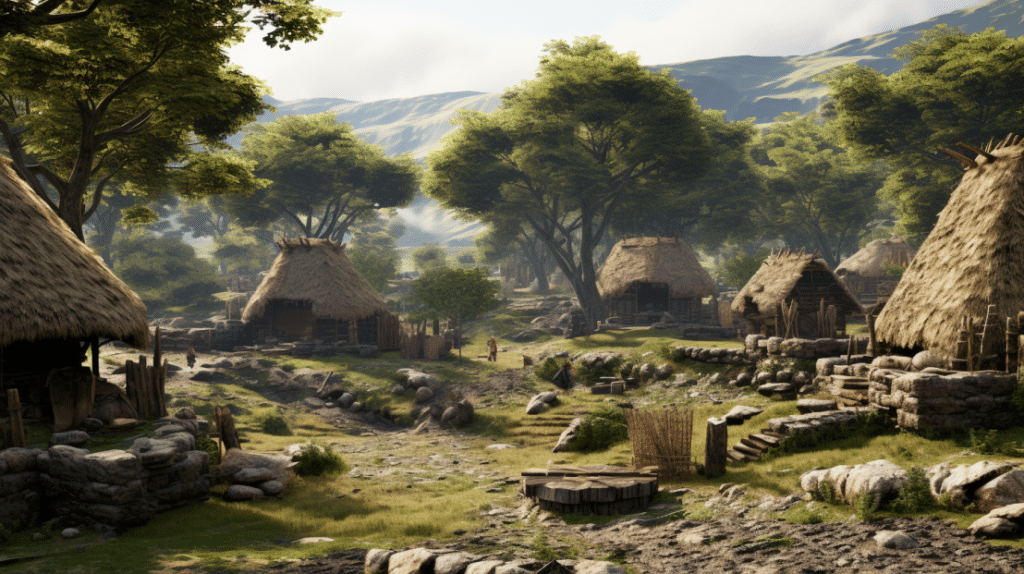
This immersive experience helps students to better understand the context of the past and gain a deeper appreciation for the events that shaped our world. In addition to providing an engaging and immersive experience, VR history also offers a unique educational opportunity. By allowing students to explore the past in a virtual environment, they can gain a better understanding of the events that shaped our world. This can help students to develop a more comprehensive understanding of history and its impact on our lives today.
Furthermore, VR history can also help to foster critical thinking skills, as students are encouraged to explore and analyze the events of the past. Overall, VR history is an invaluable tool for teaching students about the past. By providing an immersive and engaging experience, students can gain a better understanding of the events that shaped our world. Furthermore, VR history can also help to foster critical thinking skills, as students are encouraged to explore and analyze the events of the past.
With its unique educational opportunities, VR history is sure to revolutionize the way students learn about the past.
Tips for Incorporating VR History into the Classroom
Virtual Reality (VR) history is an incredibly engaging and interactive way to bring history to life in the classroom. By incorporating VR history into the curriculum, students can gain a deeper understanding of the past and its relevance to the present. Through the use of VR technology, students can explore historical sites, artifacts, and events in a way that is both educational and entertaining. By immersing themselves in the past, students can gain a better understanding of the context and implications of the events they are studying.
VR history can also be used to bring to life the stories of people who lived in the past. By allowing students to virtually explore the lives of historical figures, they can gain a better understanding of the motivations and experiences of those who lived before them. Through this interactive experience, students can gain a more nuanced understanding of the past and its relevance to the present. Incorporating VR history into the classroom is an effective way to engage students and make learning more interactive and enjoyable.
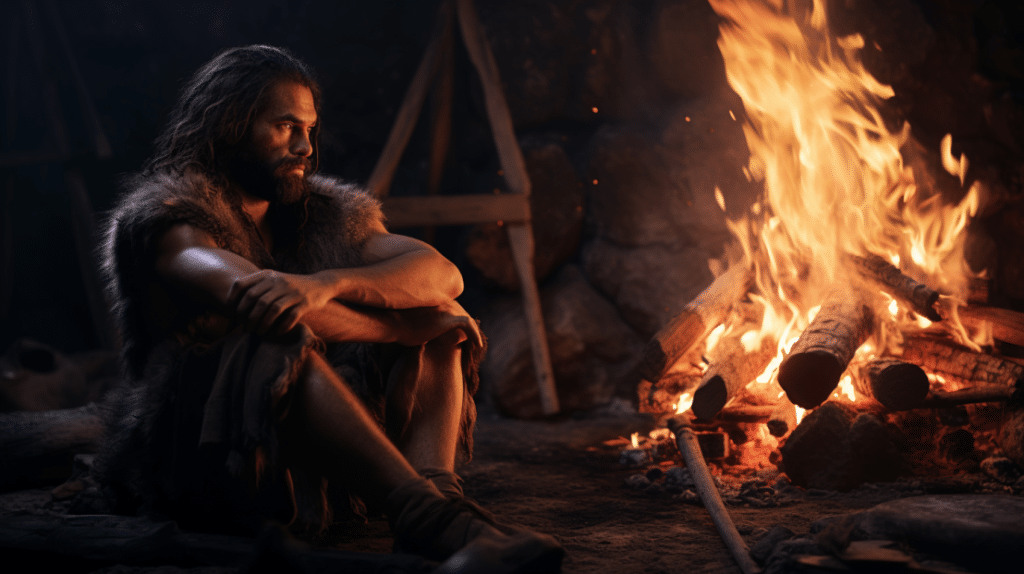
By allowing students to explore the past in a virtual environment, they can gain a deeper understanding of the events and people that shaped our world.
From Pixels to Paradises: The Promise of VR in Travel and Tourism
Transform Your Ideas into 3D Art with VR!
Stress Less With the Power of VR Mindfulness
The power of VR history in the classroom is undeniable. By using virtual reality, students can explore the Stone Age, uncover Ancient Egypt, and relive the Roman Empire in a way that is both engaging and educational. Through VR, students can bring Caesar to life and gain a deeper understanding of the past. Not only does VR history provide an immersive learning experience, but it also encourages students to think critically and develop their problem-solving skills.
With the right tips and strategies, teachers can easily incorporate VR history into their classrooms and create an engaging and interactive learning environment. By using VR history, teachers can help their students gain a deeper understanding of the past and develop the skills they need to succeed in the future.








